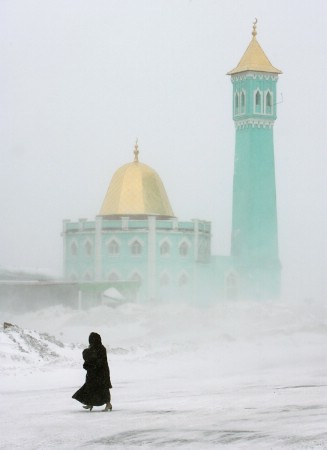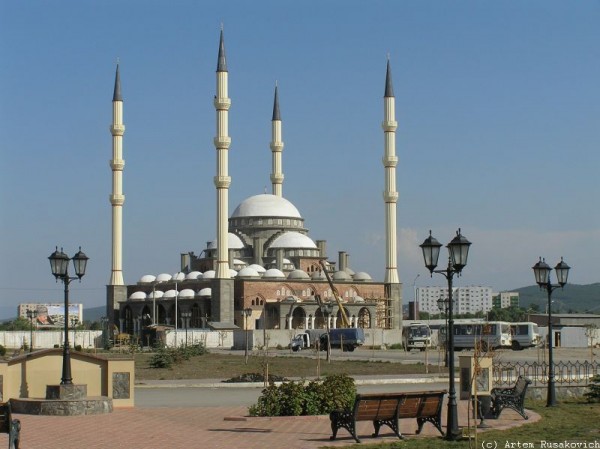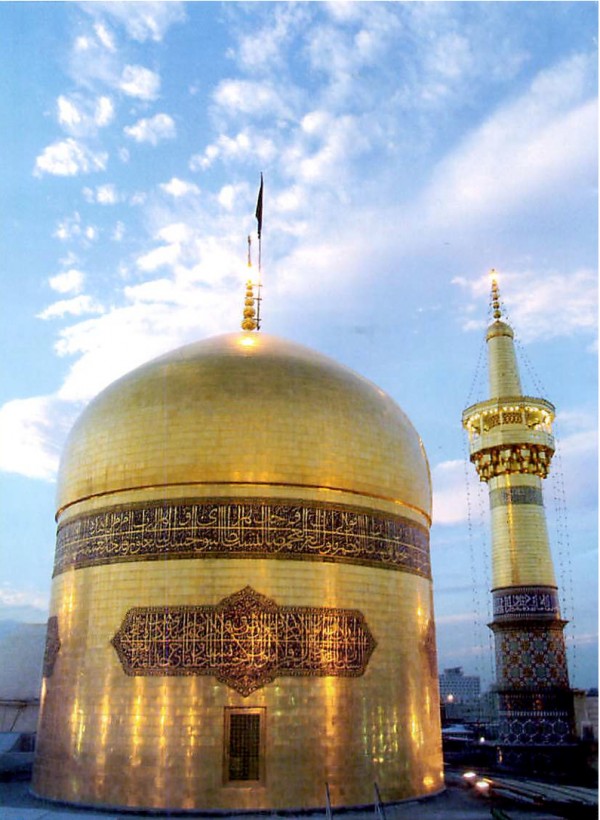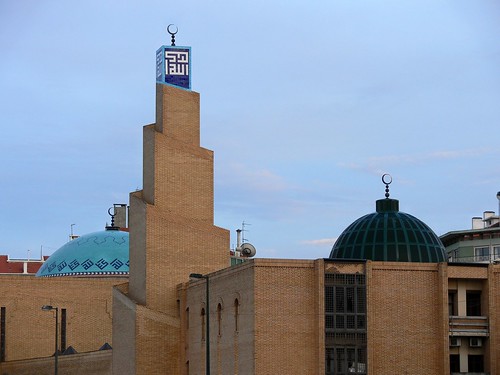Today the Mezquita as it is known can be visited throughout the year for 6 Euro entrance fee. The approach is via the Patio de los Naranjos, a classic Islamic ablutions courtyard which preserves both its orange trees and fountains. When the mosque was used for Moslem prayer, all nineteen naves were open to this courtyard allowing the rows of interior columns to appear like an extension of the tree with brilliant shafts of sunlight filtering through.
Arches & Pillars
 |
| Cordoba Mosque |
A first glimpse is immensely exciting. Jan Morris described it as "so near the desert in its tentlike forest of supporting pillars." The architect introduced another, horseshoe-shaped arch above the lower pillars. A second and purely aesthetic innovation was to alternate brick and stone in the arches, creating the red and white striped pattern which gives a unity and distinctive character to the whole design. There are more than 850 coloured granite jasper and marble pillars in total. Sunlight streams in from windows in the four cupolas creating interesting effects combined with artificial light from the thousands of small oil lights.
The Mihrab
This traditionally had two functions in Islamic worship, first it indicated the direction of Mecca (therefore prayer) and it also amplified the words of the Imam, the prayer leader. At Cordóba it is particularly magnificent. The shell-shaped ceiling is carved from a single block of marble and the chambers on either side are decorated with exquisite Byzantine mosaics of gold. The worn flagstones indicate where pilgrims crouched on their knees. The Cordoba Mosque Mihrab looks south in the same way as the Damascus mosque and not south east in the direction of Mecca.



















No comments:
Post a Comment